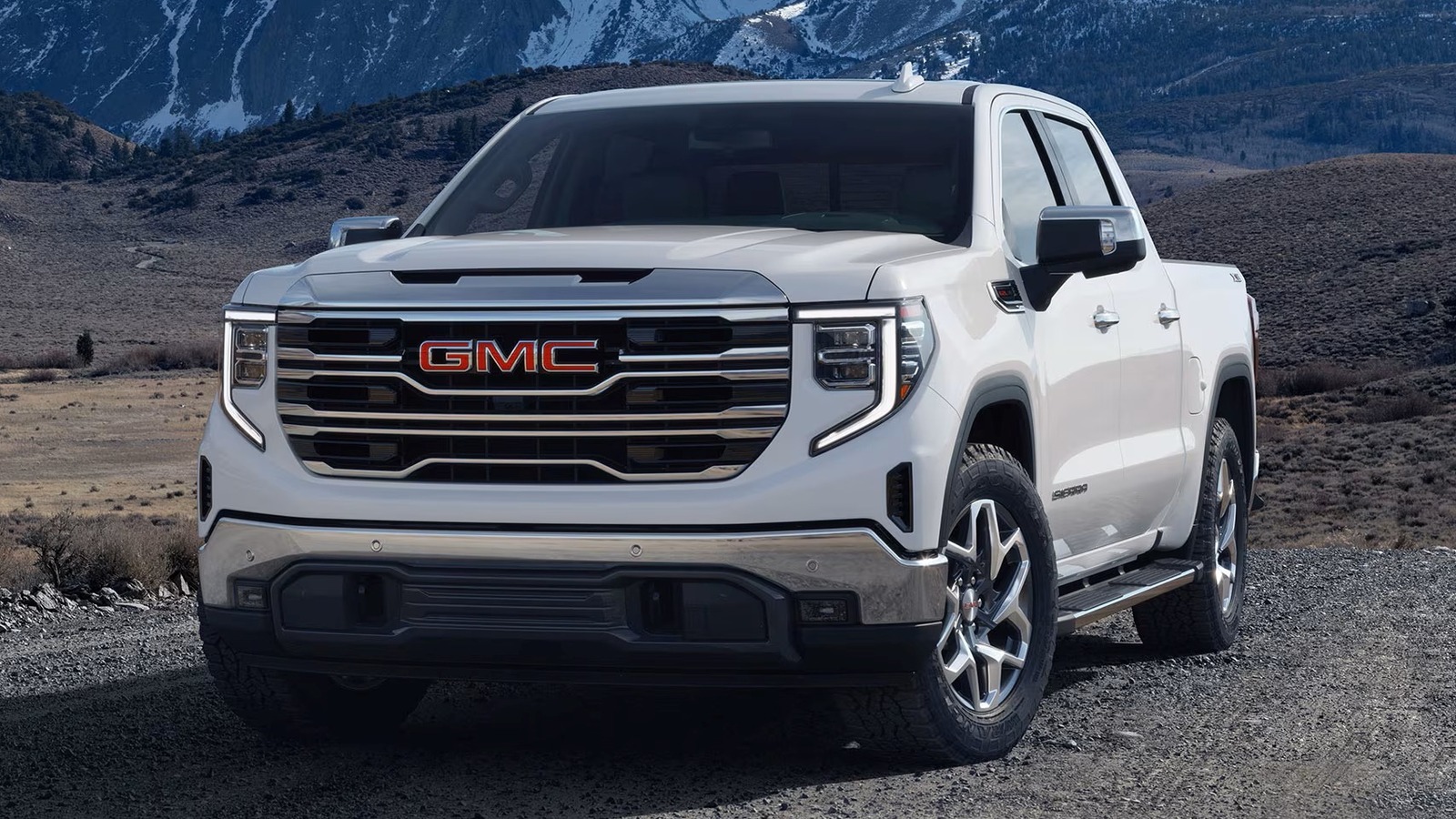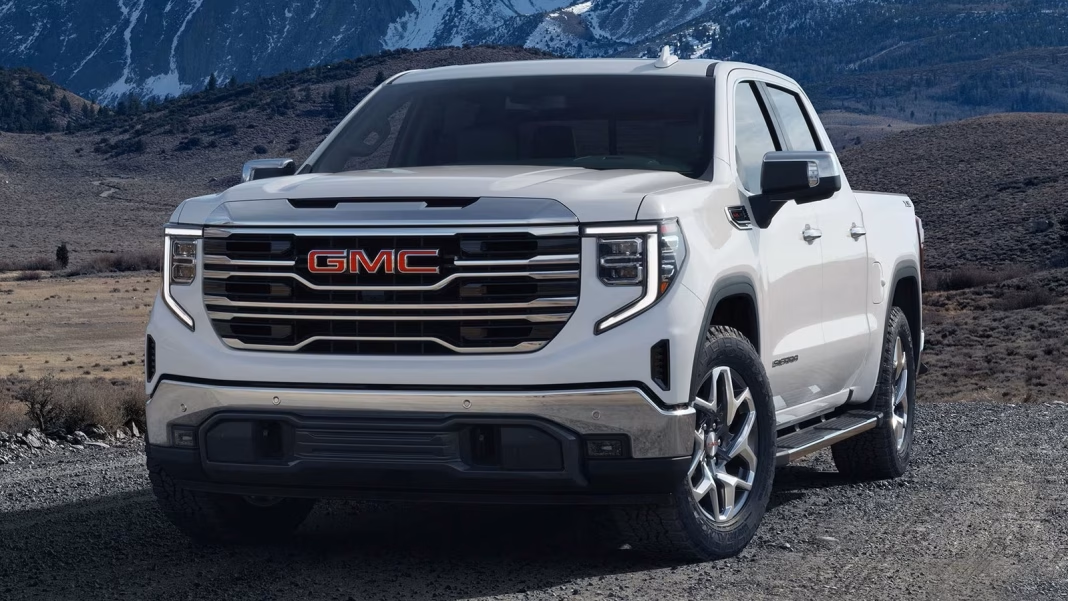What Issues Do Owners Most Often Report With the 3.0L Duramax Engine?
If you’ve spent any time around GM trucks or SUVs in the past few years, you’ve probably heard a thing or two about the 3.0L Duramax diesel. This engine, found in models like the Chevrolet Silverado 1500 and GMC Sierra 1500, has earned plenty of praise for its smooth power delivery and impressive fuel economy. But, as with any engine, it’s not immune to a few headaches. Let’s dig into the most common issues owners have flagged—and what you can actually do about them.
Why Does the 3.0L Duramax Sometimes Suffer From Oil Leaks?
Oil leaks are a recurring complaint among 3.0L Duramax owners, especially in trucks with higher mileage or those that see heavy use. The culprit? More often than not, it’s the oil pan gasket or the timing cover seal. Over time, these seals can degrade, leading to slow drips or, in some cases, more noticeable puddles under the vehicle.
What’s interesting is that some owners have reported leaks as early as 20,000 miles, while others don’t see any issues until well past 60,000. According to a recent survey by Consumer Reports, about 8% of 3.0L Duramax owners experienced some form of oil leak within the first three years of ownership. That’s higher than average for modern diesels, but not catastrophic.
If you spot oil on your driveway, don’t panic. Most leaks are slow and manageable if caught early. Regularly checking your oil level and keeping an eye out for drips can save you from bigger headaches down the road. And if you’re still under warranty, GM has been fairly responsive about addressing these issues.
Are There Problems With the Timing Chain or Belt?
One of the more worrying issues that’s popped up in owner forums involves the timing chain. A few drivers have reported rattling noises on cold starts, which can be a sign of timing chain tensioner wear or stretching. While this isn’t a widespread epidemic, it’s worth noting because a failed timing chain can lead to serious engine damage.
GM has updated some parts in newer model years, but if you’re hearing odd noises from the front of the engine—especially right after startup—it’s smart to get it checked out. Mechanics often recommend changing the oil at the manufacturer’s suggested intervals (or even a bit sooner) to help prolong timing chain life, since clean oil keeps those moving parts happy.
What’s Causing the Check Engine Light and DEF System Warnings?
Modern diesels are loaded with emissions equipment, and the 3.0L Duramax is no exception. The most common warning lights relate to the Diesel Exhaust Fluid (DEF) system. Owners sometimes see messages like “Service Emissions System” or “DEF Quality Poor,” which can be traced to faulty sensors, clogged DEF injectors, or even contaminated fluid.
A 2023 report from J.D. Power found that about 12% of new Duramax owners had at least one DEF-related warning in their first year. That’s not insignificant, but it’s also not unique to GM—most modern diesels face similar challenges as emissions standards tighten.
If you get one of these warnings, don’t ignore it. Running low on DEF or letting a sensor issue linger can eventually put your truck into limp mode, which seriously limits performance. Using high-quality DEF and following the owner’s manual for refills and maintenance can help keep these problems at bay.
How Reliable Is the Fuel System in the 3.0L Duramax?
Fuel system reliability is a hot topic for any diesel owner. The 3.0L Duramax uses a high-pressure common-rail system, which is great for efficiency but can be sensitive to fuel quality. Some owners have reported issues with the fuel injectors or the high-pressure pump, especially if the truck has seen a lot of short trips or inconsistent fuel sources.
Water in diesel fuel is a known enemy, and the Duramax’s water separator does a decent job—but it’s not foolproof. If you live in an area with questionable diesel quality, using an additive or draining the separator regularly can help prevent injector problems. According to a 2022 study by the Diesel Technology Forum, less than 5% of modern diesel trucks experience major fuel system failures in the first 100,000 miles, but when they do, repairs aren’t cheap.
What About Turbocharger and EGR Valve Issues?
Turbochargers are a marvel of engineering, but they’re also a common pain point in modern diesels. The 3.0L Duramax’s variable-geometry turbo has been known to develop sticking vanes, especially if the engine spends a lot of time idling or running at low RPMs. This can cause sluggish acceleration or even trigger a check engine light.
Similarly, the Exhaust Gas Recirculation (EGR) valve can get clogged with soot over time. This is more likely if the truck is used mostly for short trips or city driving, where the engine doesn’t get hot enough to burn off deposits. Regular highway driving, or what some mechanics call an “Italian tune-up,” can help keep these components cleaner.
Is the 3.0L Duramax Still Worth Considering?
Despite these issues, the 3.0L Duramax remains a favorite for many GM truck fans. Its blend of torque, efficiency, and smoothness is tough to beat in the half-ton segment. Most of the problems reported are manageable with regular maintenance and a bit of vigilance. Plus, GM has shown a willingness to address common faults with updated parts and extended warranties in some cases.
The big takeaway? Owning a 3.0L Duramax isn’t about perfection—it’s about smarter adjustments. Start with one change this week, and you’ll likely spot the difference by month’s end.


